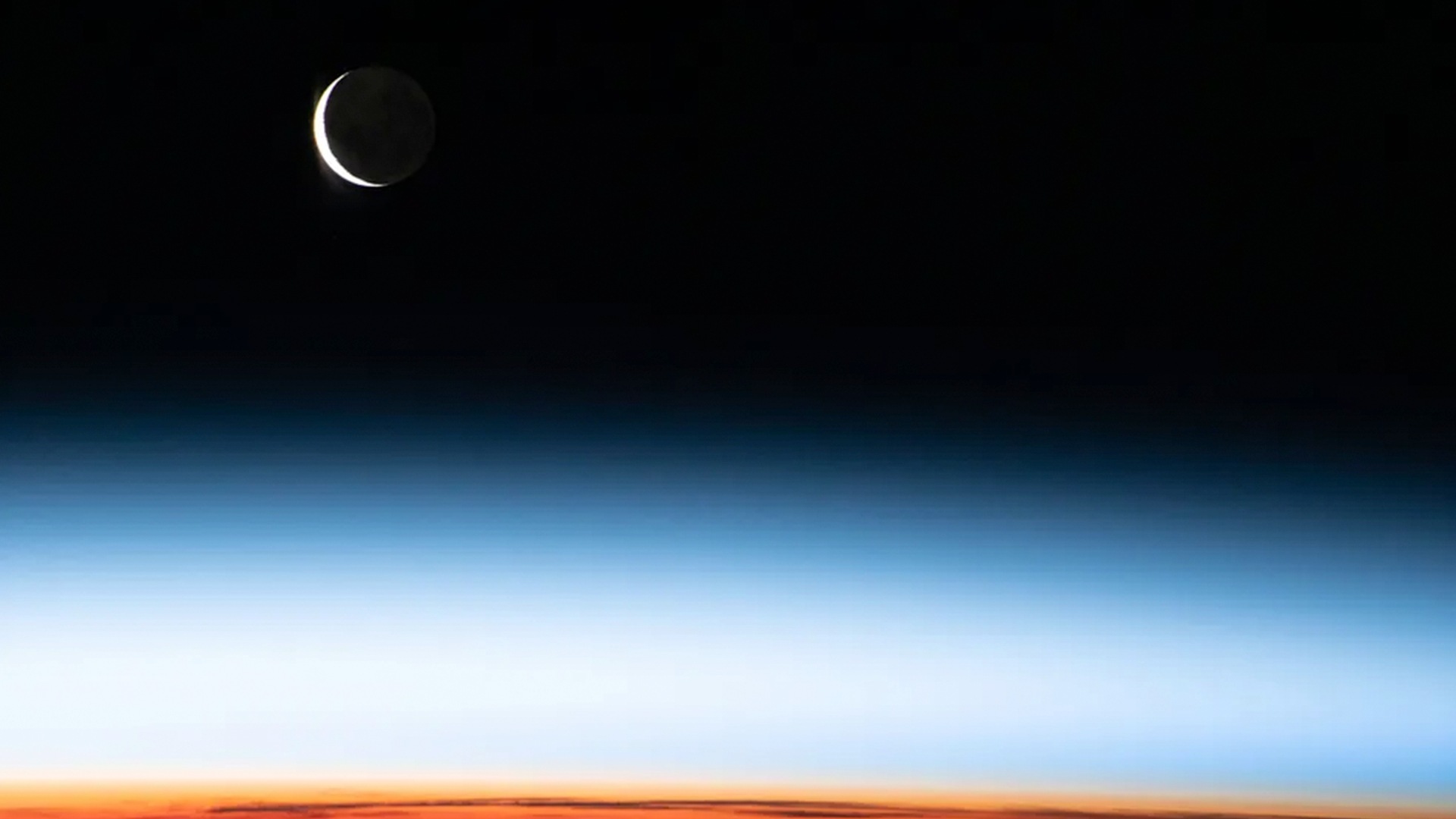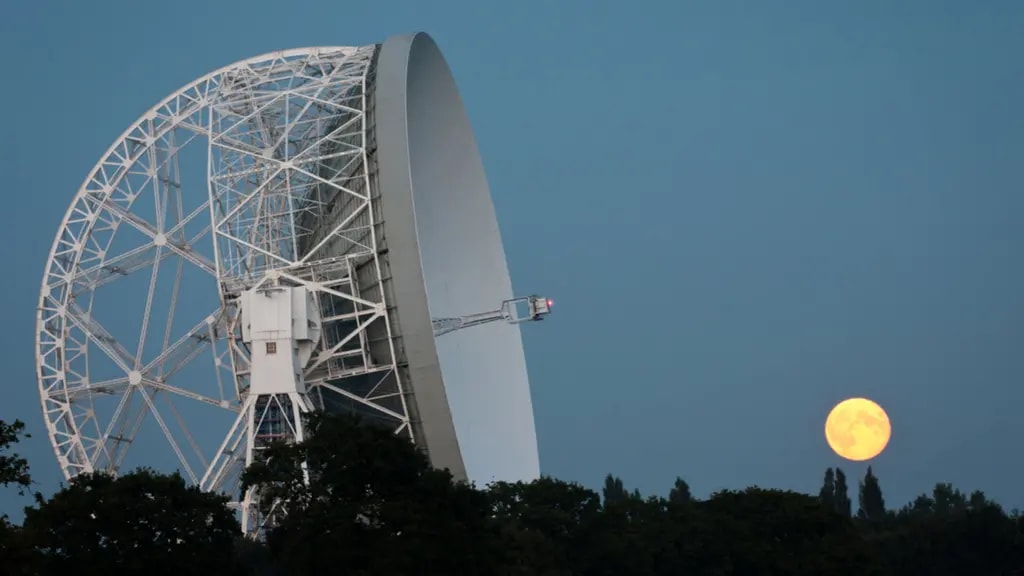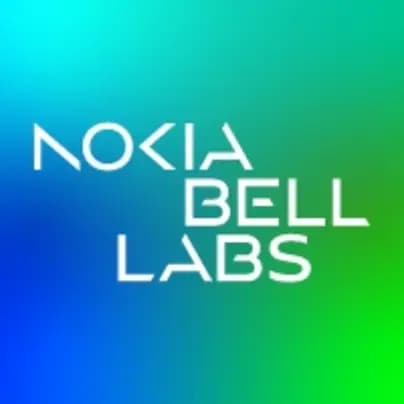Who controls the “airwaves” on the Moon?

Nokia and its partners Intuitive Machines and Lunar Outpost are working with NASA to deploy the first experimental cellular network on the Moon in 2024. By enabling a 4G/LTE wireless connection between a rover and a lander on the lunar surface, we hope to prove the benefits of standardized, earthbound technologies in space exploration. Designing a network that can survive the journey and function on the lunar surface are enormous challenges that we are overcoming. But they aren’t the only challenges we face. To operate a network on the Moon, we need access to spectrum – which is a lot more complicated than it sounds.
Like any 4G/LTE system operating here on Earth, a lunar network must operate over licensed spectrum to send and receive its radio signals. For this first experimental mission we plan to use frequencies in the 1700-1800 MHz band that are commonly utilized in 4G networks around the world. Our mission is part of NASA’s Tipping Point initiative, which seeks industry-developed space technologies that can foster the development of commercial space capabilities and benefit future NASA missions. This mission will collect critical data to determine whether an 4G/LTE network on the lunar surface can function in a similar way to how it functions on Earth.
If we were conducting any ordinary terrestrial network test, we would get permission from an agency governing that spectrum usage in a specific country – for instance the U.S. Federal Communications Commission or the Japanese Ministry of Internal Affairs and Communications. But this is no ordinary experiment. In the most literal sense, we’re not even operating on the same planet.
While current spectrum policy and regulations recognize the use of the 1700-1800 MHz frequencies in 4G networks here on Earth, they are not yet recognized for use in space or on the Moon. The regulatory schemes for spectrum usage for terrestrial communications networks are just that – terrestrial. That raises a very interesting question: How do we get permission to conduct our cellular experiment on the Moon?
We still haven’t found definitive answers to that question, but we are making progress with the help of the global spectrum community. Nokia is keenly aware that there is a bigger picture to consider: the future of communications on the Moon and other planets depends not only on developing the right technologies but also on securing international cooperation. Ultimately, we want to work with international regulators, space agencies, the space industry and all other stakeholders to ensure this mission is a success. For all future networks on the Moon, it’s critical we set the right tone.
A lot of interest, a lot of questions
Spectrum is the conduit of all wireless communications networks, it’s the medium for broadcast and satellite TV and radio programming, and it’s the scientific tool used by astronomers to peer far into the heavens. Consequently, anytime anyone wants to use spectrum in a new way, a lot of attention is cast in their direction. No one wants to see a “land grab” of spectrum in outer space.
Consequently, when Nokia kicked off this Moon project, we worked with all interested parties to assure them of our intentions. Specifically, we reached out to two major groups: regulators and radio astronomers.
On the regulatory side, we have been working with many U.S. government agencies. Nokia has been collaborating closely with NASA’s Lunar Spectrum Manager to brief other agencies such as the Federal Communications Commission (FCC) and the National Telecommunications and Information Administration (NTIA) on our proposed use of 4G/LTE spectrum on the Moon. On the international side, we have been in close contact with the International Telecommunication Union (ITU), the United Nations organization that coordinates spectrum policy among countries for both terrestrial and orbital use. When working with these organizations we are making it clear that this mission is a technology demonstration lasting up to two weeks to test the possibilities for cellular communications on the Moon – not a permanent network.

Concurrently, we have approached the scientific community. Radio astronomers have a vested interest in any use of airwaves, not just the 1700-1800 MHz LTE band. When they point their radio telescopes into the heavens, they’re using the entire electromagnetic spectrum to “see” distant stars and search for clues on the origins of our universe. The signals these telescopes detect are extremely faint, the equivalent of whispers at a stadium rock concert. Astronomers therefore are concerned that a radio source transmitting from the Moon will interfere with their measurements.
To help ease those concerns, Nokia, the U.S. National Science Foundation (NSF) and NASA hosted a webinar for the astronomer community to answer questions and propose a plan for future cooperation. We explained the experimental nature of the project and its very limited time period, and then we invited astronomers to work with us to see what impact, if any, the 4G/LTE network would have on their measurements during the upcoming mission. By working with astronomers on this first endeavor, we can help set policy for future lunar missions – and ultimately for a permanent Moon base – ensuring science and commercial communications can co-exist.
This outreach and collaborative spirit culminated in the summer of 2022 when NTIA granted an experimental spectrum certification for this mission. This stamp of approval from NTIA is a key milestone, and while the work is not yet complete, it indicates we are taking the necessary steps to convince stakeholders that this project is indeed necessary to advance the state of the technology and support future space exploration activities.
The expanding boundaries of spectrum policy
Exploring the intricacies of space spectrum policy has been an eye-opening experience for Nokia’s government relations team. Our hope is that a successful mission will show that cellular networks can handle the voice, video and data communications needs for future lunar missions. That means we will need to expand the frontiers of spectrum policy just as we’re expanding the frontiers of space exploration. The question of how spectrum on the Moon will be allocated isn’t answered yet, but we are taking an important first step.
We are ready and willing to work toward finding that answer, just as we’ve done in the past. Nokia Bell Labs has a long history in space. We launched one of the world’s first communications satellites, Telstar 1. We provided systems analysis and engineering for every crewed U.S. space program from Mercury to Apollo. And in 1964, two Bell Labs researchers, Arno Penzias and Bob Wilson, made the critical discovery of cosmic microwave background radiation left over from the Big Bang. As humanity expands its reach further into space, communications will be an essential component of any mission. Nokia is committed to working with the myriad stakeholders involved to make those missions happen.
Images from top to bottom: 1) Waxing crescent moon as seen from the International Space Station, image credit: NASA/Mark Garcia; 2) The Lovell Radio Telescope at Jodrell Bank Observatory, Cheshire, UK.
Written by Grace Koh
